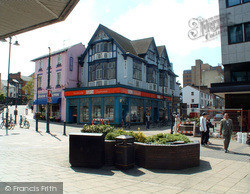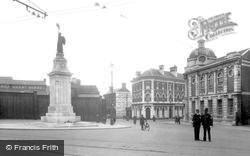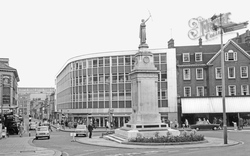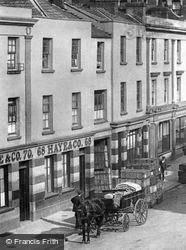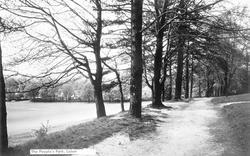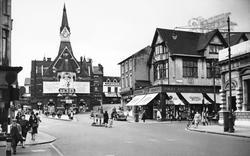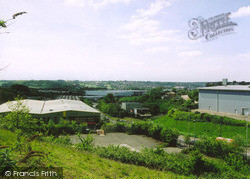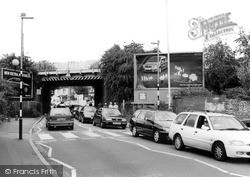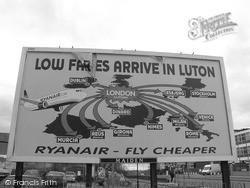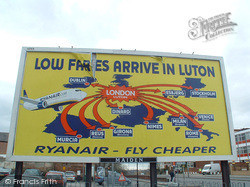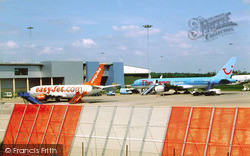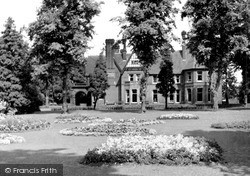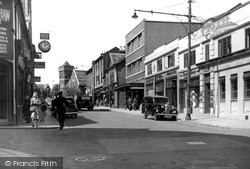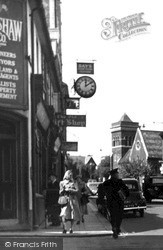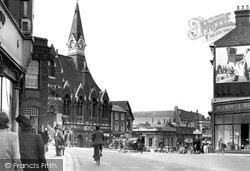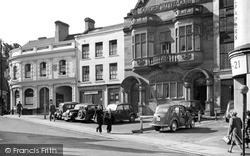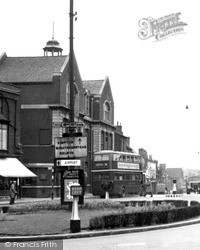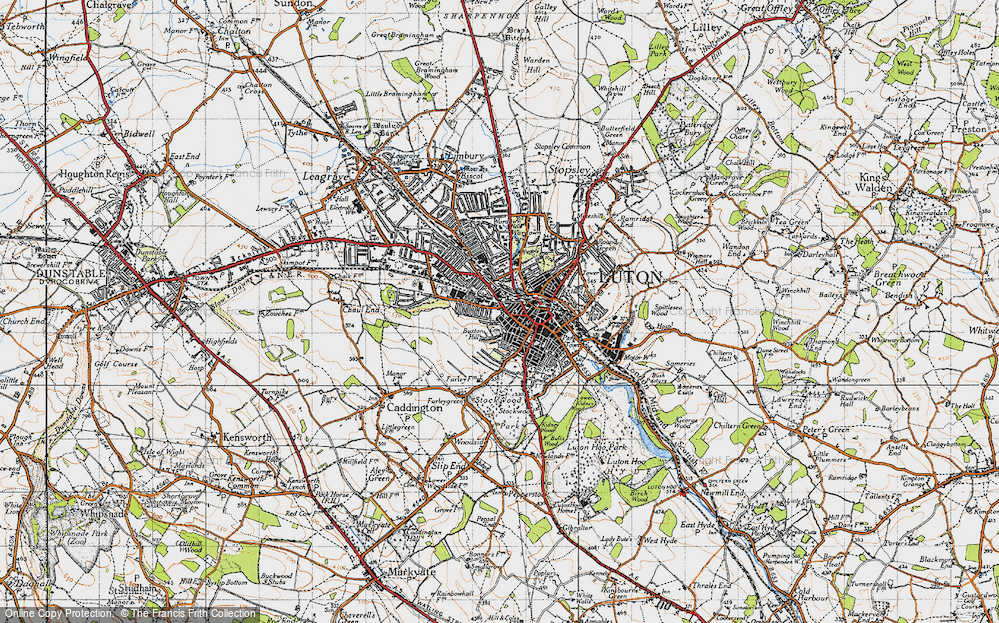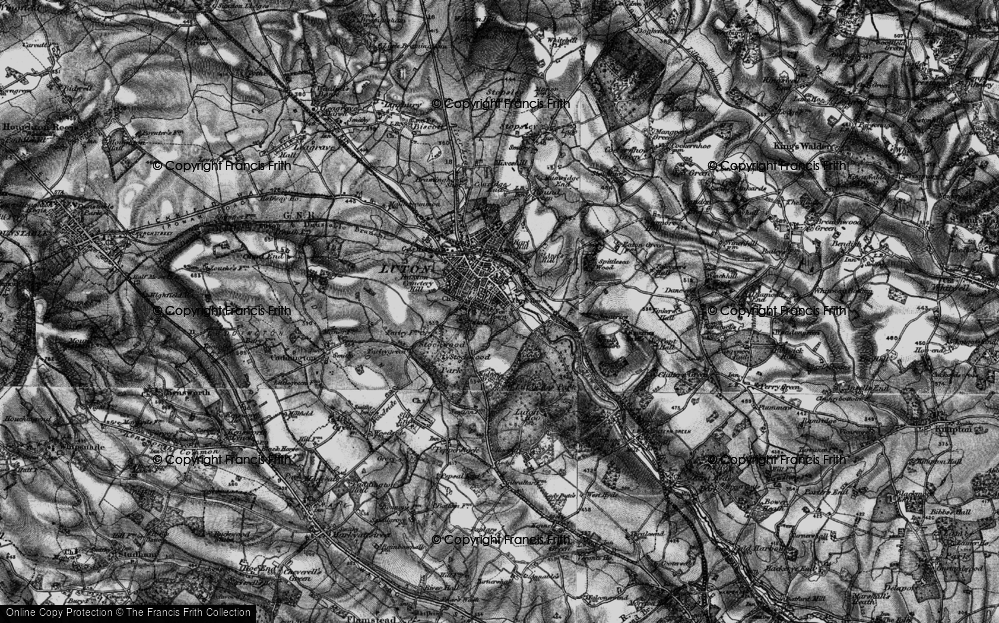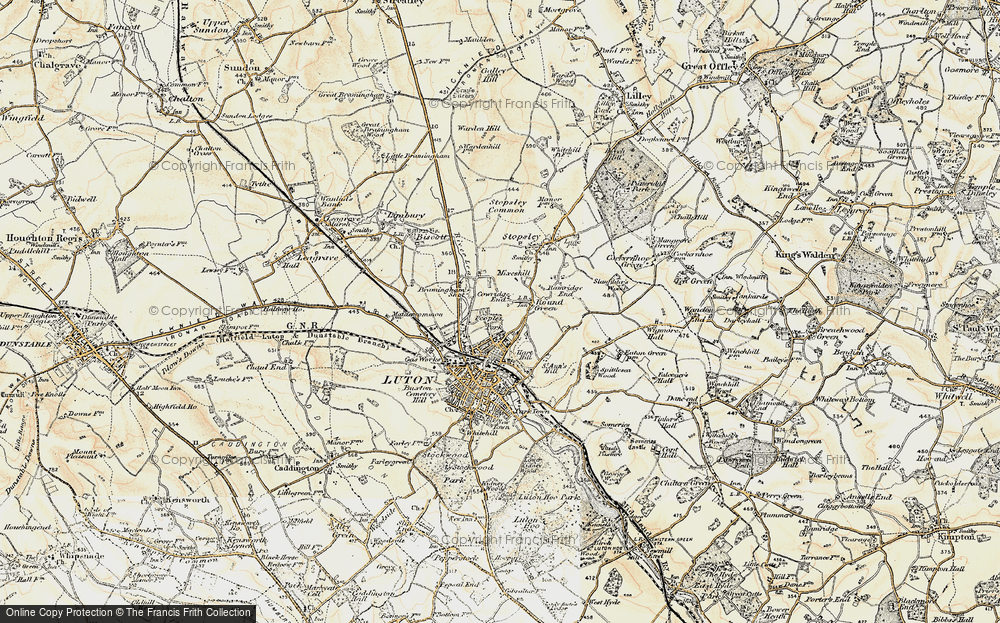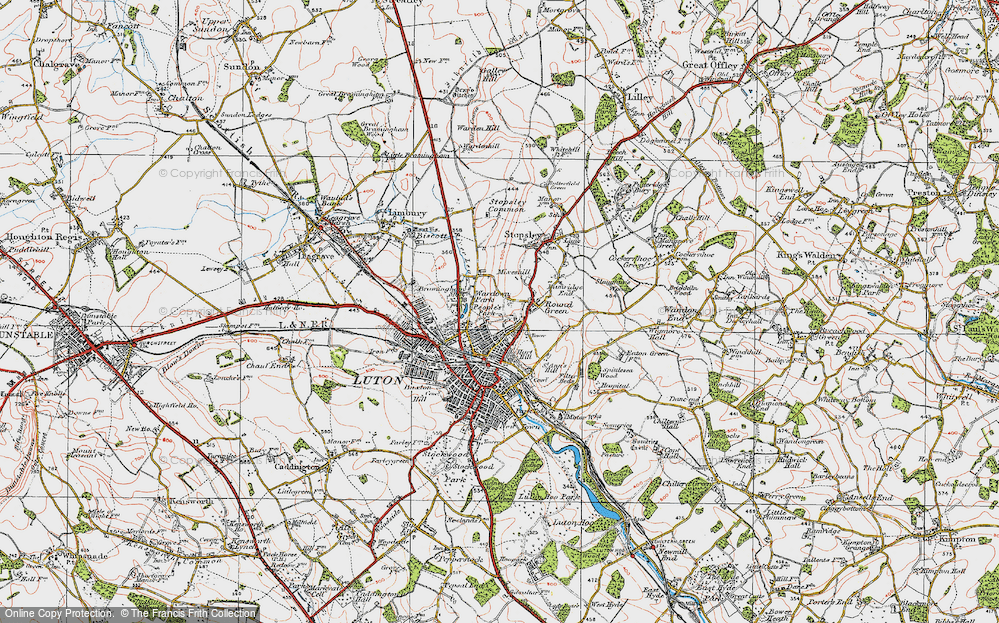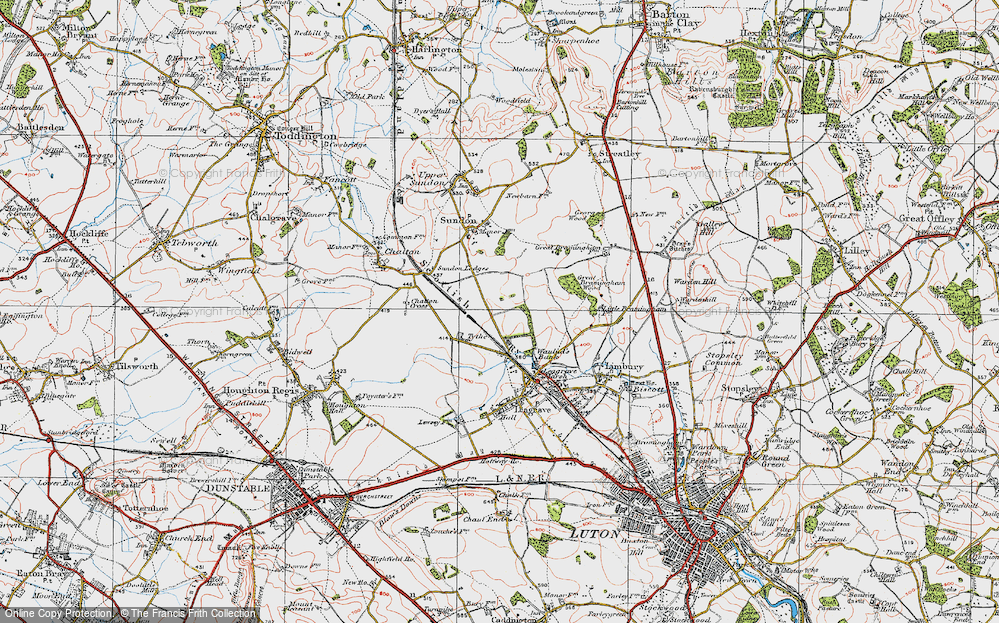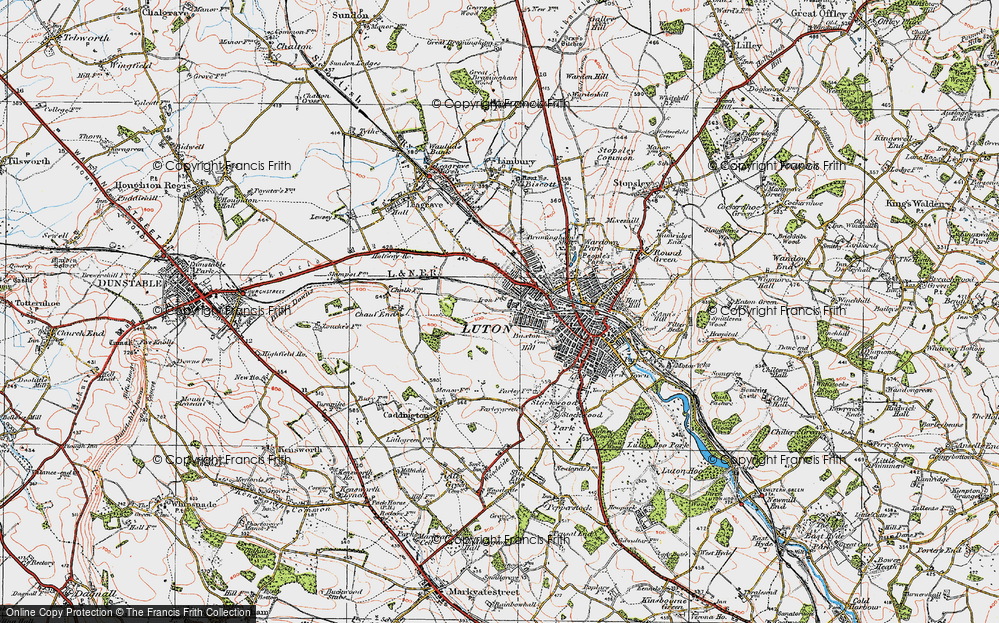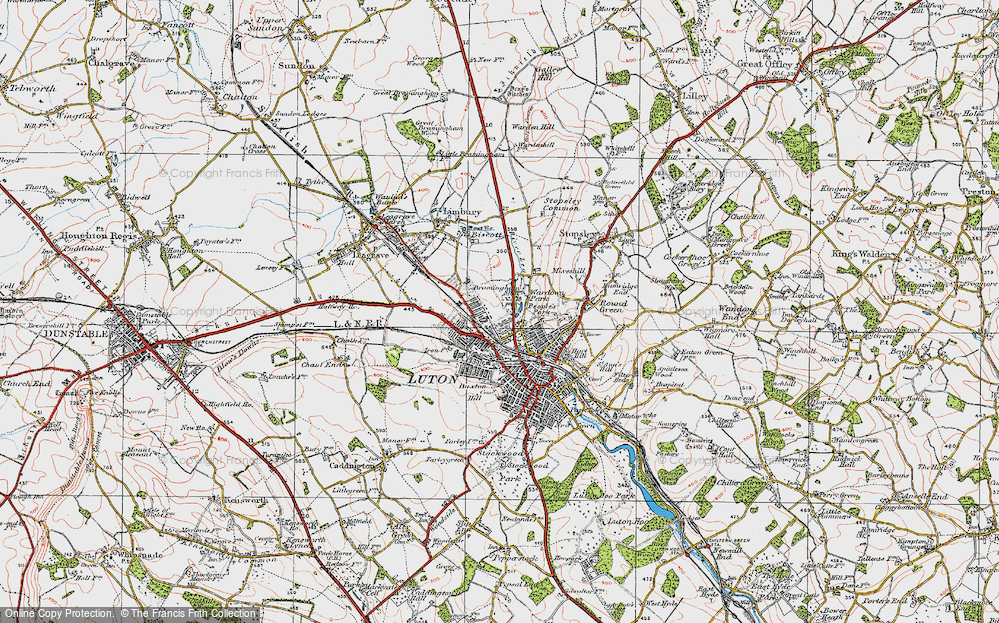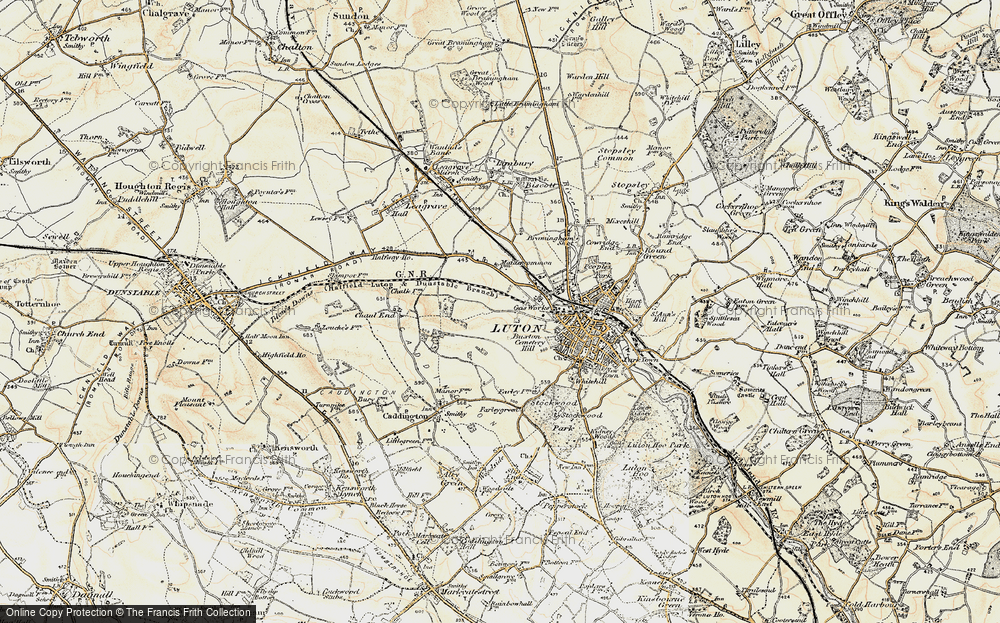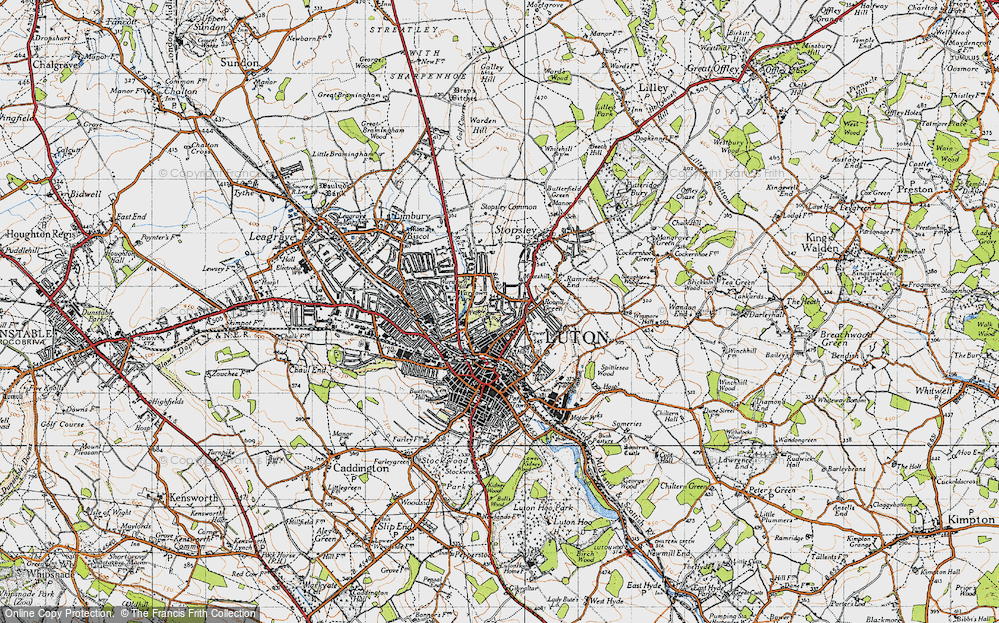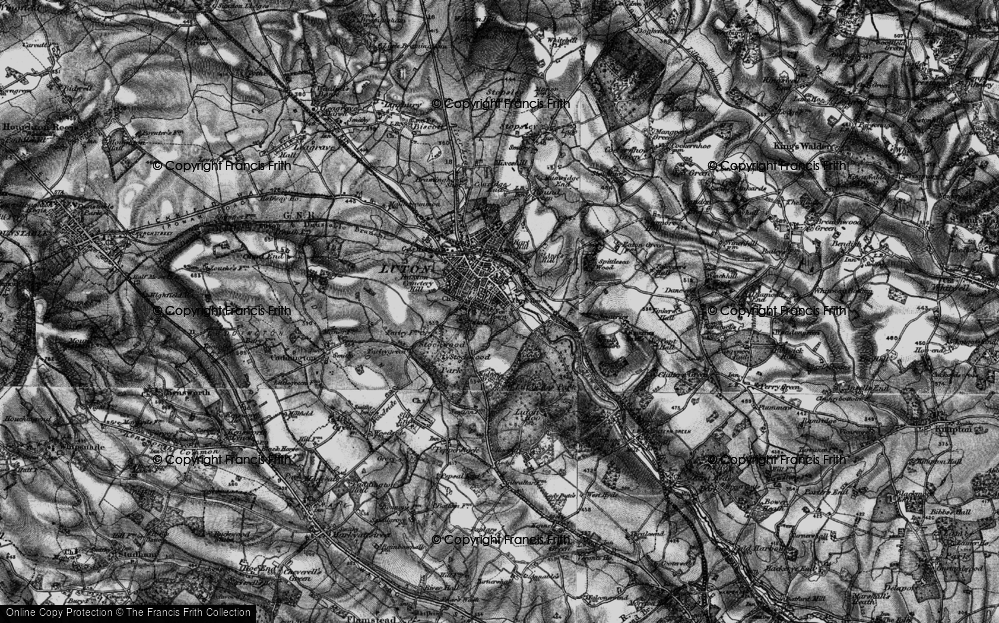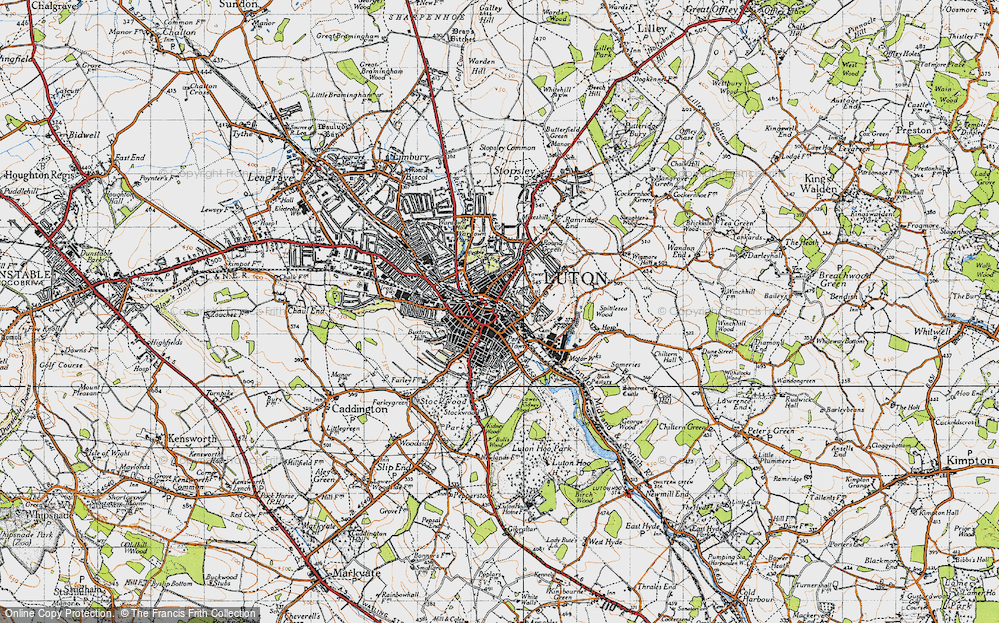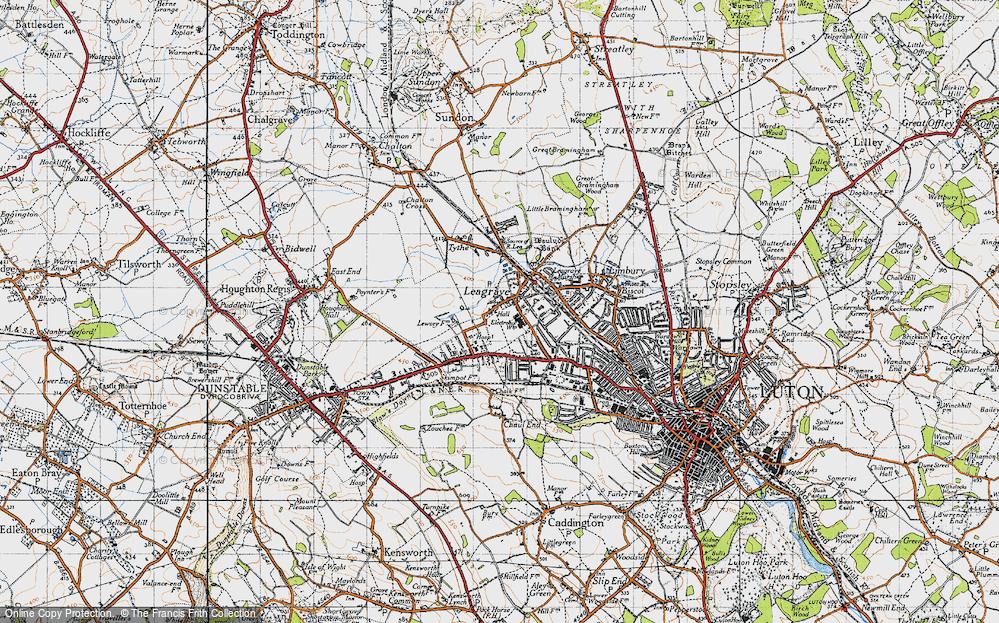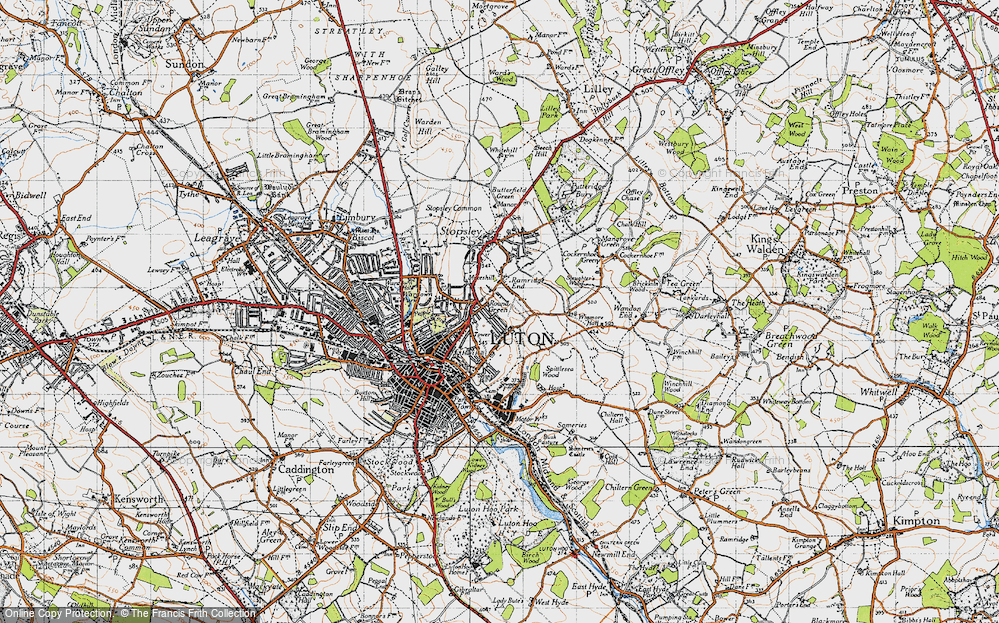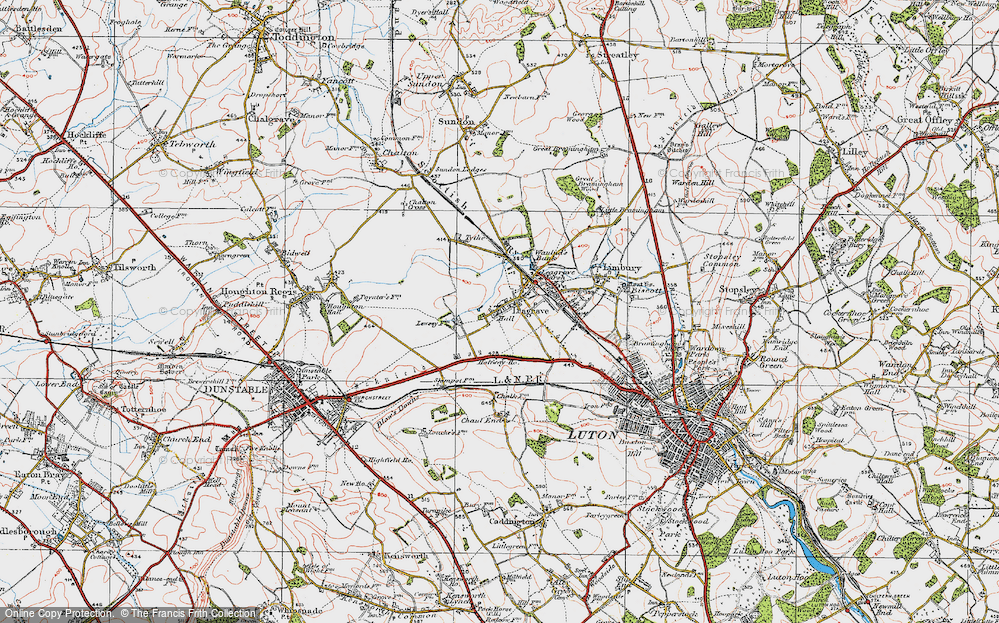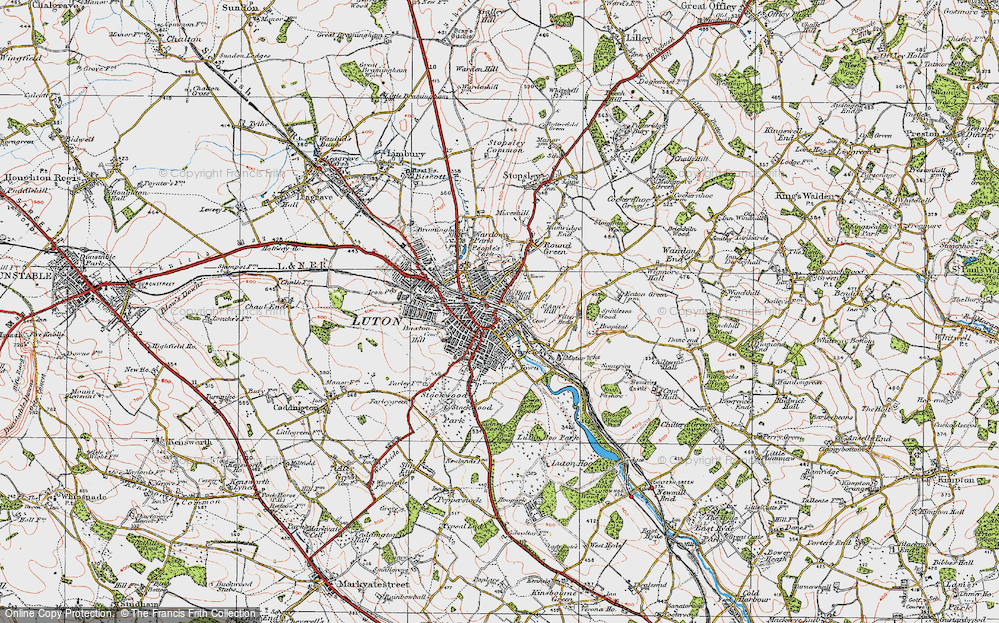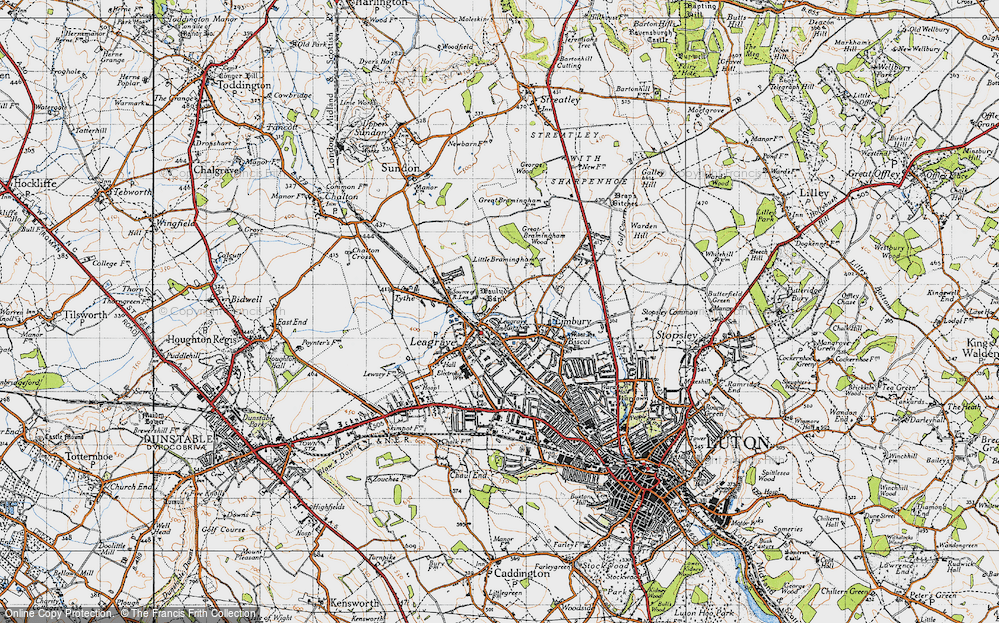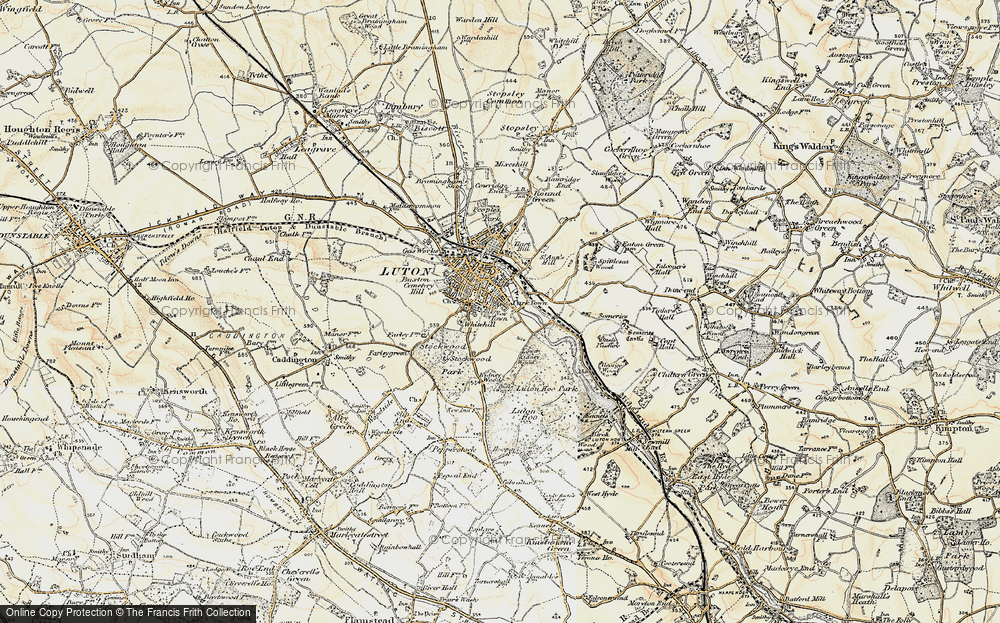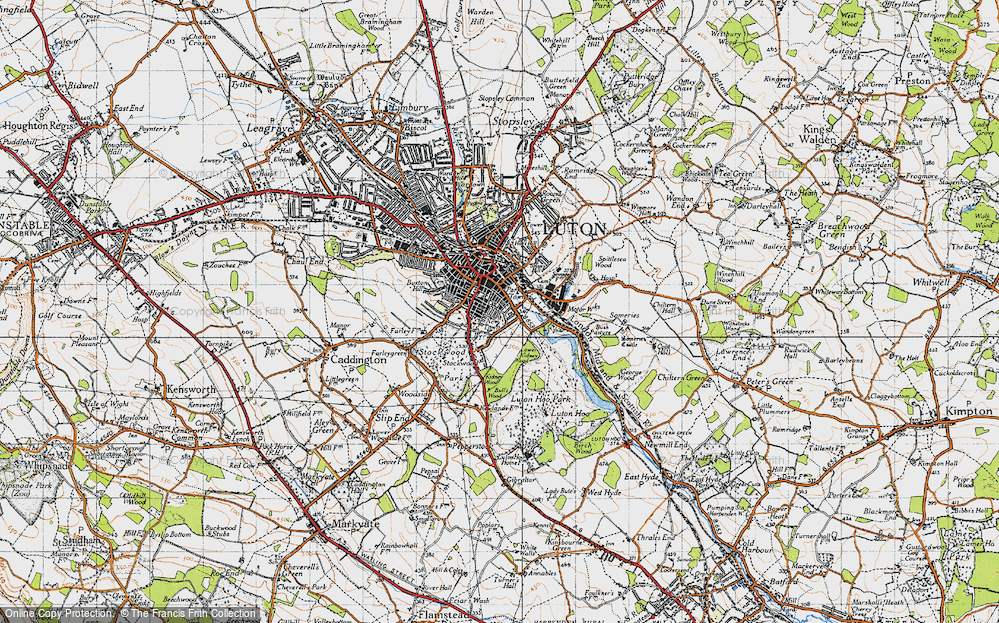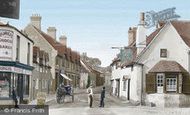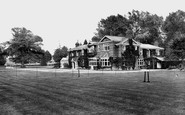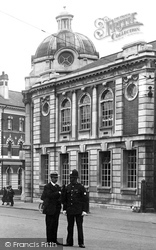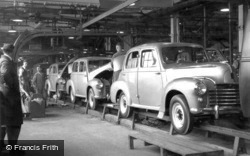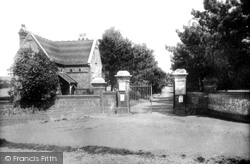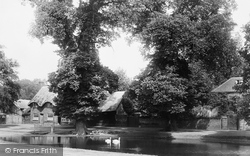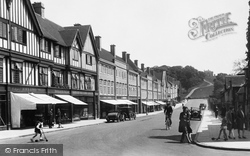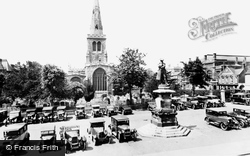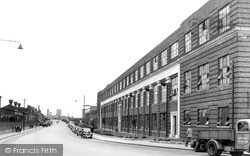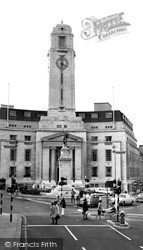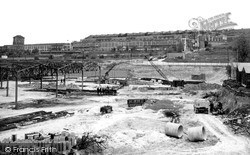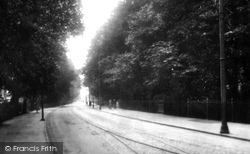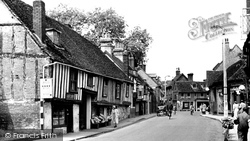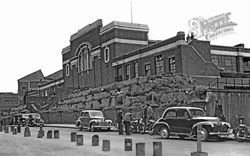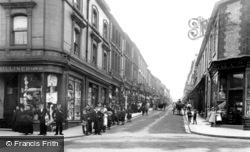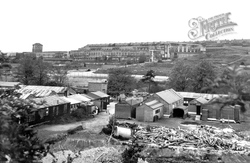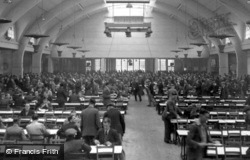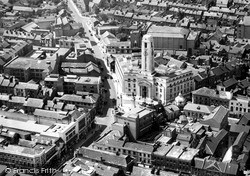Places
17 places found.
Those places high-lighted have photos. All locations may have maps, books and memories.
- Luton, Bedfordshire
- Stopsley, Bedfordshire
- Luton, Kent
- Luton, Devon (near Ottery St Mary)
- Luton, Devon (near Teignmouth)
- Leagrave, Bedfordshire
- New Town, Bedfordshire
- Bury Park, Bedfordshire
- High Town, Bedfordshire
- Woodside, Bedfordshire (near Luton)
- Park Town, Bedfordshire
- Biscot, Bedfordshire
- Sundon Park, Bedfordshire
- Limbury, Bedfordshire
- Winsdon Hill, Bedfordshire
- Hart Hill, Bedfordshire
- Round Green, Bedfordshire
Photos
163 photos found. Showing results 21 to 40.
Maps
91 maps found.
Books
2 books found. Showing results 25 to 2.
Memories
455 memories found. Showing results 11 to 20.
Carousel Cafe High Town Luton
Hello, does anyone remember the lovely cafe in High Town road Carousel cafe? I would love to see pictures and memories about it .
A memory of Luton
So Many Memories
My family arrived in Wargrave just after the war. We moved into a flat above the Post Office/ Telephone Exchange. Dad was a caretaker operator. Things I remember about the village were of course the nearby river, the houses so ...Read more
A memory of Wargrave by
Whymarks Of Little Cornard
Over 70 years ago, when I was about three or four years old, my parents and I would travel from Luton to see my maternal grandmother, Kate Whymark, who was the widow of Ernest Whymark. I never met Ernest, as he fell ...Read more
A memory of Little Cornard by
Life In Cannich And Fasnakyle
My family and I moved from Elm Park in Essex to Scotland in the last weeks of 1948. My father, Leon A. Lalonde, had accepted a position as Chief Mechanical Engineer with John Cochrane and Sons, a construction ...Read more
A memory of Glen Affric in 1949 by
Harold Hill Memories
Hi people, Just wanted to share a few memories of living in Harold Hill. My family moved from Bow to Hilldene Ave in 1962, I was 7 so I went to Bosworth junior school which was only across the road from where I lived. I ...Read more
A memory of Harold Hill by
The Fair
Christmas and birthdays were an under-whelming time of year in our household. However, Eastertime, coincided with the arrival of Stanley Thurston's fair (and a big dollop of rain). l lived opposite Manor Rd Park (or reck) from 1956-64, and ...Read more
A memory of Luton
Baglan A Wartime Paradise
My Dad did his army training adjacent to Baglan during WW2. The hastily built barracks did not have enough bathroom facilities and asked local residents for permission for soldiers to have a bath in their houses. A super-kind ...Read more
A memory of Baglan
Childhood Adventure
I'm not prepared to reveal my real name online, however I was a child during the 70's the duration of which was spent in Warnham. This house belonged to some old dear I met only a couple of times, she was housebound ...Read more
A memory of Warnham Court School in 1977 by
Shooters Hill Grammar School 1948 To 1955
So glad to review the two messages from former boys of Schooters Hill Grammar School in Woolwich, London. I ( A.David Barnes ) was there a little earlier: 1948-1955 with clear memories of WW II and ...Read more
A memory of Shooters Hill by
A Childhood In Selsdon.
My parents had a chicken farm in Selsdon Vale, where I was born in 1948. I lived there until I left home to go travelling and then to university, at the age of 18, in about 1966. This was about the same time that Selsdon Vale ...Read more
A memory of Selsdon by
Captions
157 captions found. Showing results 25 to 48.
The Liberal mayor Edwin Oakley, who gained office in 1891, was far- sighted; he sensed that Luton's future and prosperity depended on new industries and better infrastructure.
Taken in the famous J Block, sited on the original location of the first Vauxhall production facility in Luton, this photograph shows Vauxhall Wyverns nearing the end of the assembly line.
Luton has its parks to remind us of how great houses and landowners gave way to the needs of the many, with great estates being turned over to the people.
Luton developed rapidly in the late 1950s and gathered many of the outlying villages into an expanded borough.
With a gorse-clad common, walks through fields and woods and a car factory just up the road in Luton, what better place for a dream come true?
The fine avenue of box trees was removed - box wood was in great demand by the Luton hat makers for use as blocking moulds - and houses and shops were built.
Students of automobilia will have pleasure in identifying the marques on display - certainly there are Vauxhalls from nearby Luton, one or two Morrises from Oxford and possibly some early foreign imports
'P' Block was the home of the Production Engineering Department, and was therefore seen by many as the nerve centre for car and van production in Luton.
Rising majestically over it all, Luton's Town Hall has developed 'eyebrows' - a set of semi-permanent offices on the roof of the original building to cope with an ever-increasing multitude of local government
The shops to the right show physical evidence of Luton's ability to graft 20th-century fronts onto 19th-century buildings.
In Luton they included one under shops on the east side of Park Street, and tunnels were made under Upper George Street.
With business looking good, and the founder long gone from Vauxhall's, the company sought room to expand and happened upon Luton, where the council welcomed them with open arms.
Bridge Street on the left and Gordon Street on the right-hand side were the boundaries of 'old' Luton, and the architectural changes between the 19th and 20th centuries are clearly visible.
The sign next to H A Furr's confectionery shop advises traffic for Bedford and Luton to use Tilehouse Street, while traffic for Baldock is directed down Sun Street.
The tranquil village of Whitwell lies directly under the flightpath of aircraft landing at Luton Airport.
In 1905 The Vauxhall Iron Works moved to Luton from its London base. Thereafter it enjoyed some considerable sporting success and built cars for the wealthy and influential.
Wellington Street was also the site of Luton's first cinema, located in one of the buildings on the crest of the hill; it opened in the early 1900s.
The rear building on the hill is the famous J Block, the heart of car production and site of the first buildings erected for the company in Luton. H
In the immediate post-war era, Luton was a medium sized town - albeit a county borough - about to become very much larger.
The Plaiting School in the village employed village ladies and children who supplemented the low agricultural wages by weaving strips of straw, called plait, to the hat-making trade in Luton.
Luton's gas company made tar for airfield runways.
The Vauxhall Iron Works moved to Luton from its London base in 1905. Thereafter it enjoyed some considerable sporting success and built cars for the wealthy and influential.
In the 1800s, the villagers' income came from the straw-plaiting industry, which served the hat-making trade at Luton.
For a while old customs like the annual Co- op day parade would continue, but with Luton about to be put well and truly on the local map, even bigger changes were afoot.
Places (17)
Photos (163)
Memories (455)
Books (2)
Maps (91)


